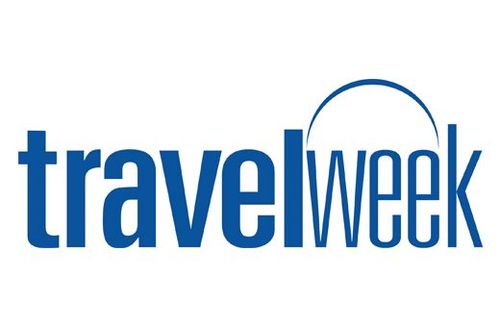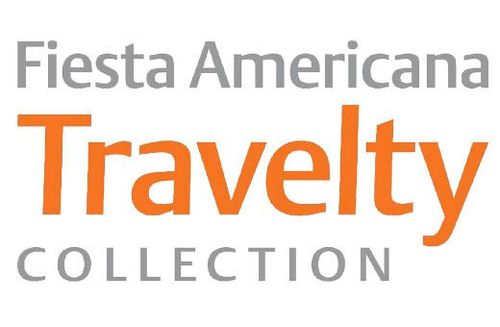Where travel agents earn, learn and save!
News / European Commission set to launch EES on October 12
This new automated system for entering and exiting the Schengen Area will involve the digital collection of personal data from nationals of third countries — including Canada — whether or not they require a visa. It will apply to travellers staying up to 90 days within a 180-day period

Europe’s EES (Entry/Exit System), which covers the 29 European countries in the Schengen Area, will be progressively enforced starting this Sunday, October. 12.
This new automated system for entering and exiting the Schengen Area will involve the digital collection of personal data from nationals of third countries — including Canada — whether or not they require a visa. It will apply to travellers staying up to 90 days within a 180-day period.
In practical terms, the new system will replace the stamping of passports and aims to electronically monitor the entries, exits and lengths of stay of non-EU nationals crossing the external borders of the Schengen Area. The system will also help track overstays and entry refusals.
During the first 180 days after the system is implemented, border agents will continue stamping passports while also digitally recording entries and exits.
After this transition period — starting April 10, 2026 — only the digital system will be used.
The EES is not the ETIAS
Do travellers need to do anything about the EES as of October 12, in practical terms? No. At this time, no action is required from travellers.
The EES should not be confused with the European Travel Information & Authorization System (ETIAS). The long-delayed ETIAS won’t launch until at least six months after the EES is up and running.
The ETIAS will require qualifying travellers from some 60 visa-exempt countries, including Canada, to apply for an entry permit in advance of their trip, and pay 7 EUR. It will be valid for three years.
So far, the ETIAS is tentatively pegged to become mandatory for travel to Europe at the end of 2026.
What data will be collected with EES?
The personal data that the EES will record includes …
- Date of entry and exit
- Time of entry and exit
- Place of entry and exit
- Traveller’s full name
- Passport number
- Photograph of the traveller
- Fingerprints of the traveller
What to expect
Once the Entry/Exit System is in place, travellers’ biometric data will be collected upon arrival in a Schengen country. This means their fingerprints and a facial photo will be taken — all done at the point of entry.
Travellers with an electronic passport will be able to use self-service kiosks at the border. However, after using the kiosk, they will still need to go through a border control check.
An officer will review their information and may ask additional questions before deciding whether or not to grant access to the country.
Biometric data will be stored for three years. If a traveller returns to the Schengen Area within that time, they will not need to provide their biometric data again.
Visa Questions
Canadians can travel to Schengen countries without a visa for stays of up to 90 days within a 180-day period. If they leave and return to the Schengen Area within the same 180-day window, their previous stay counts toward the 90-day limit.
This 90-day rule will remain in effect when the EES is introduced. The system will automatically detect overstays, which may lead to fines, deportation, or future entry bans. Some countries allow Canadians to stay beyond the 90-day limit under specific conditions.
Other European Countries
European countries not part of the Schengen Area have their own border rules: Albania, Belarus, Bosnia and Herzegovina, Cyprus, Ireland, North Macedonia, Moldova, Montenegro, Russia, Serbia and Ukraine. To learn more about travel rules for these countries, refer to Travel Advisories by Destination.
Also keep in mind that earlier this year the UK implemented its own Electronic Travel Authorization (ETA).
For full details about the EES, visit the European Commission’s dedicated page or click here.
Source: Travelweek











